Life
Sign up for our newsletter
We summarize the week's scientific breakthroughs every Thursday.
-
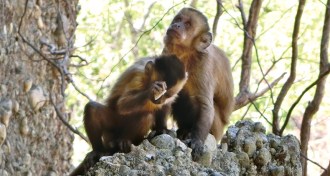 Archaeology
ArchaeologyWild monkeys throw curve at stone-tool making’s origins
Monkeys that make sharp-edged stones raise questions about evolution of stone tool production.
By Bruce Bower -
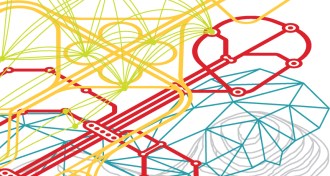 Genetics
GeneticsBig biological datasets map life’s networks
Expanding from genomics to multi-omics means stretching data capacity, but it may lead to a future of early diagnosis, personalized medicine and hardy crops.
-
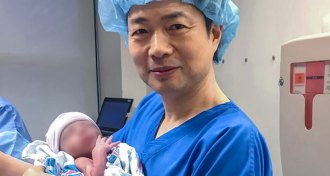 Genetics
Genetics‘Three-parent babies’ explained
Several in vitro techniques can produce babies with three biological parents.
-
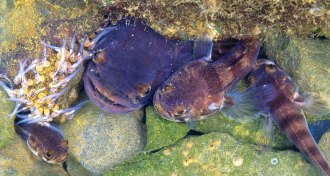 Animals
AnimalsMelatonin makes midshipman fish sing
Melatonin lets people sleep but starts male midshipman fish melodiously humming their hearts out.
By Susan Milius -
 Oceans
OceansReef rehab could help threatened corals make a comeback
Reefs are under threat from rising ocean temperatures. Directed spawning, microfragmenting and selective breeding may help.
-
 Animals
AnimalsBerries may give yellow woodpeckers a red dye job
A diet of invasive honeysuckle berries may be behind stray red feathers in woodpeckers called yellow-shafted flickers.
-
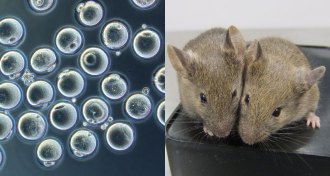 Life
LifeIn a first, mouse eggs grown from skin cells
Stem cells grown in ovary-mimicking conditions in a lab dish can make healthy mouse offspring, but technique still needs work.
-
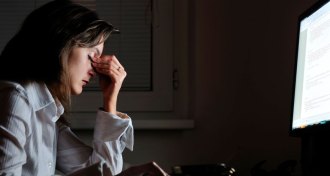 Neuroscience
NeuroscienceOut-of-sync body clock causes more woes than sleepiness
The ailment, called circadian-time sickness, can be described with Bayesian math, scientists propose.
-
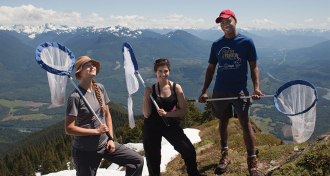 Ecosystems
Ecosystems‘Citizen Scientist’ exalts ordinary heroes in conservation science
Journalist Mary Ellen Hannibal’s “Citizen Scientist” tells tales of ordinary people contributing to science.
-
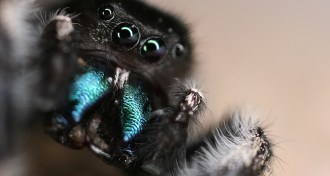 Animals
AnimalsBe careful what you say around jumping spiders
Sensitive leg hairs may let jumping spiders hear sounds through the air at much greater distances than researchers imagined.
By Susan Milius -
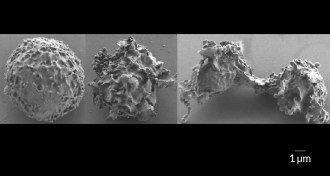 Life
LifePlacenta protectors no match for toxic Strep B pigment
Strep B uses a toxic pigment made of fat to kill immune system cells, spurring preterm labor and dangerous infections, a monkey study shows.
-
 Life
LifeOne-celled life possessed tools for going multicellular
Unicellular ancestors of animals had molecular tools used by multicellular life.